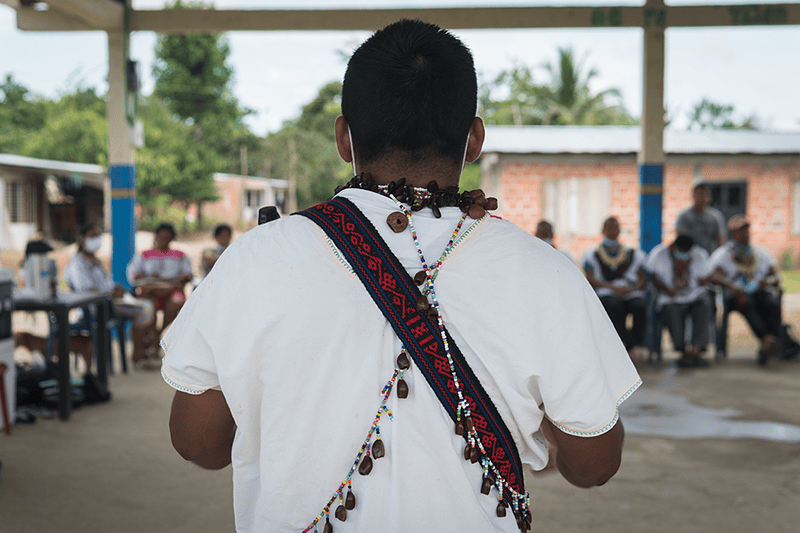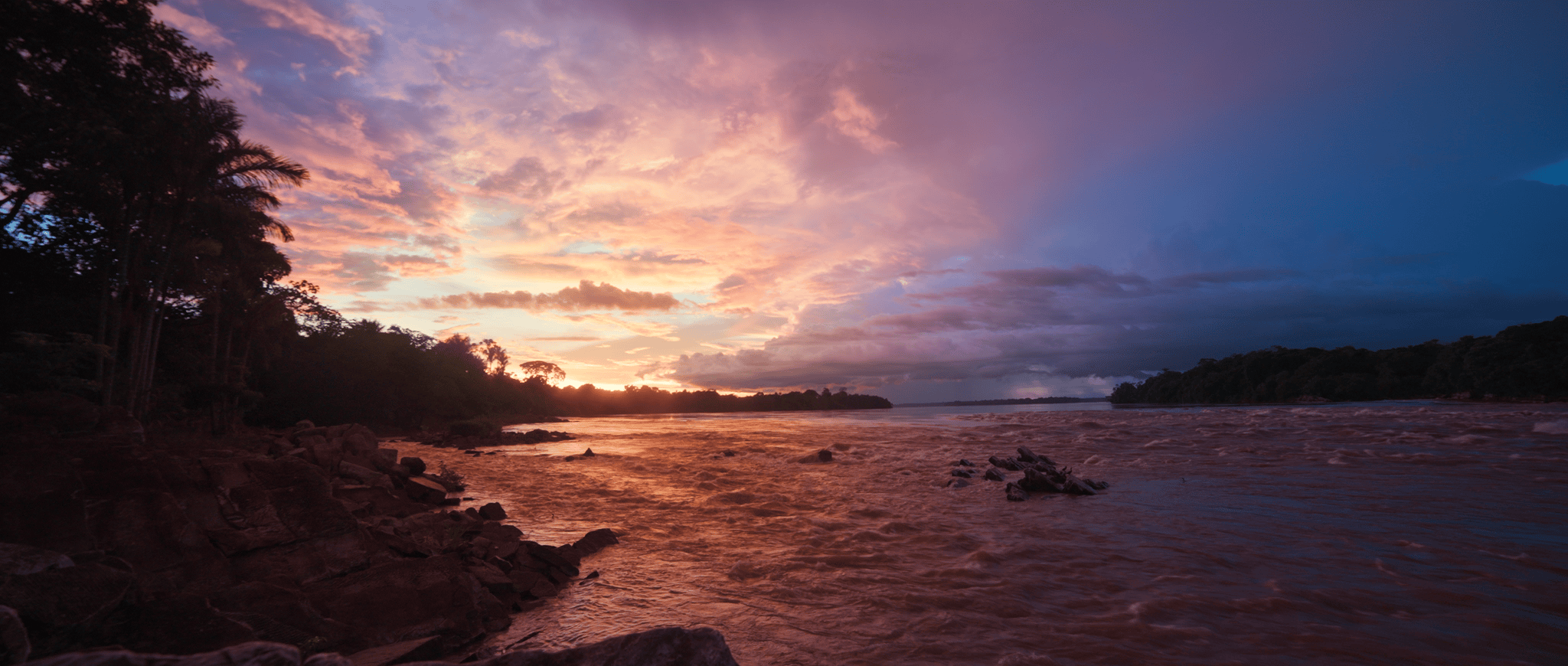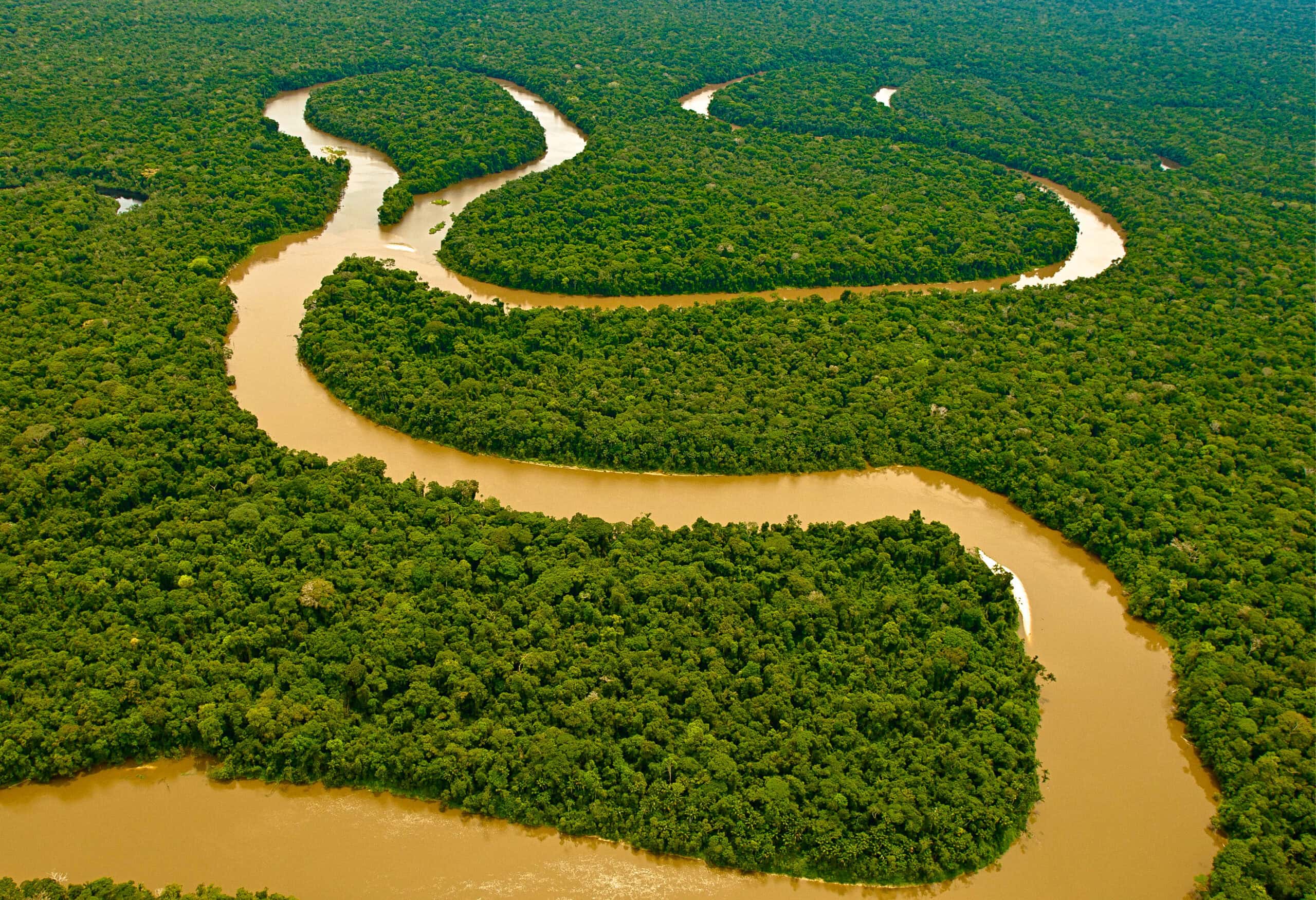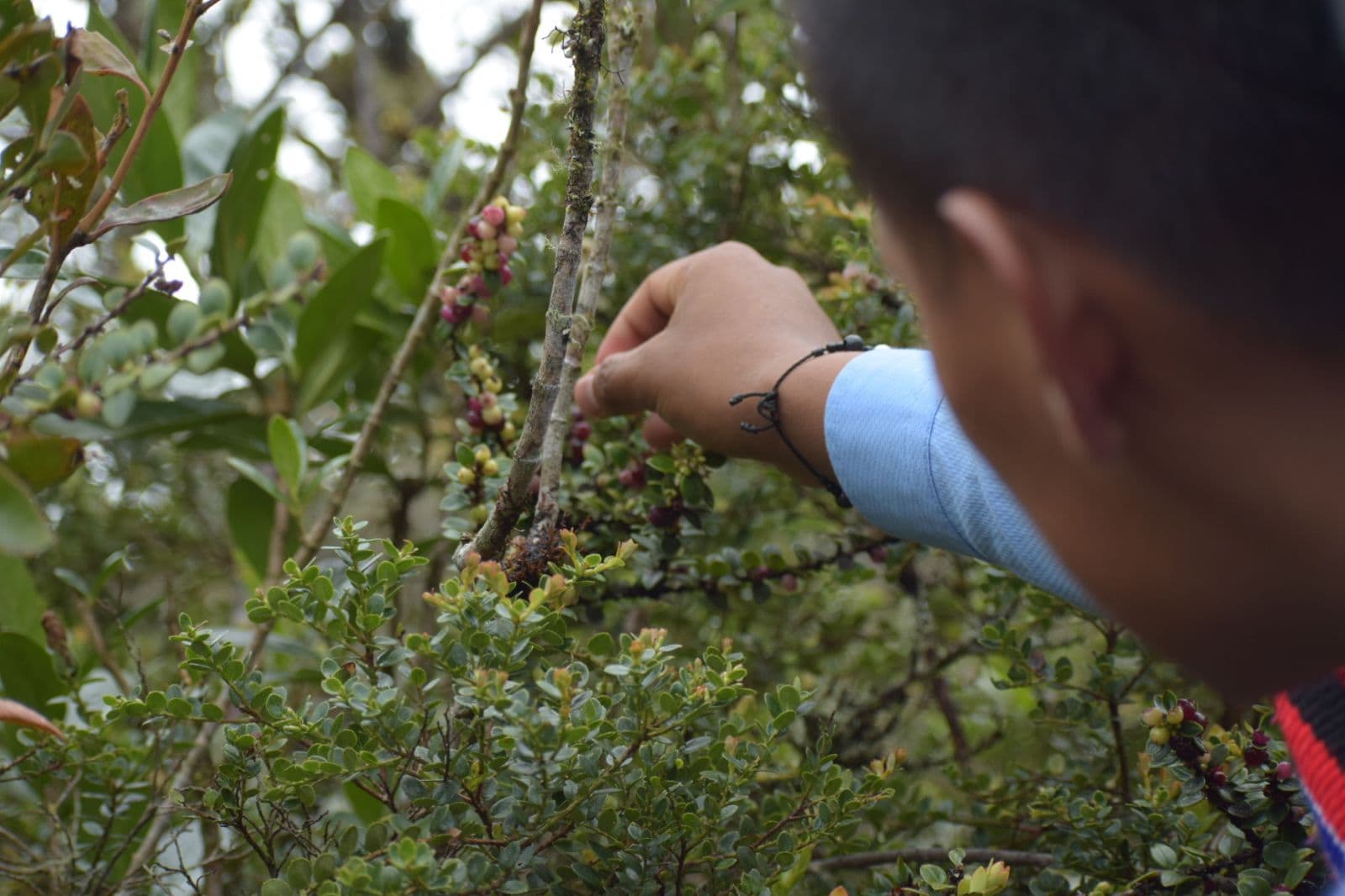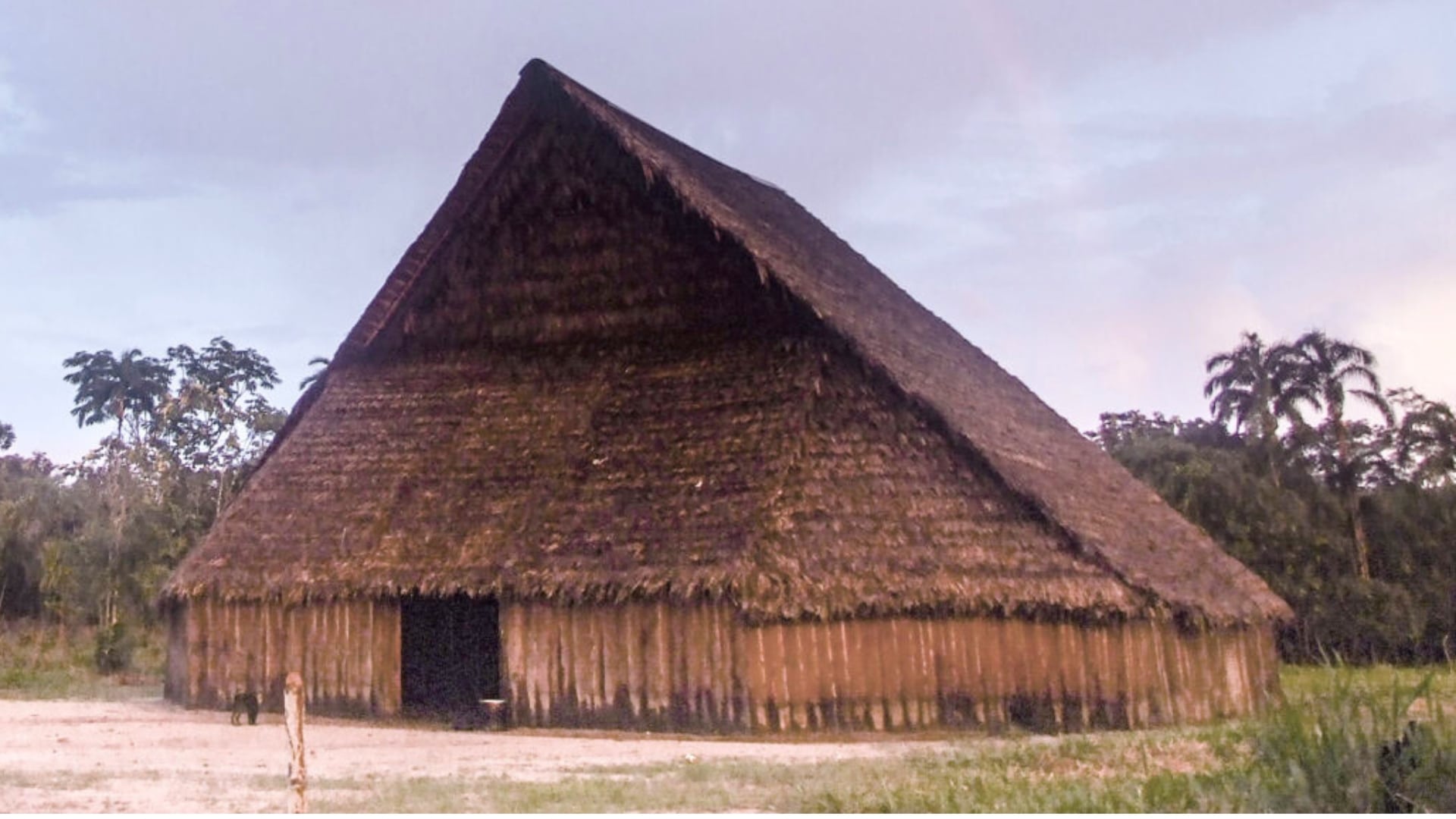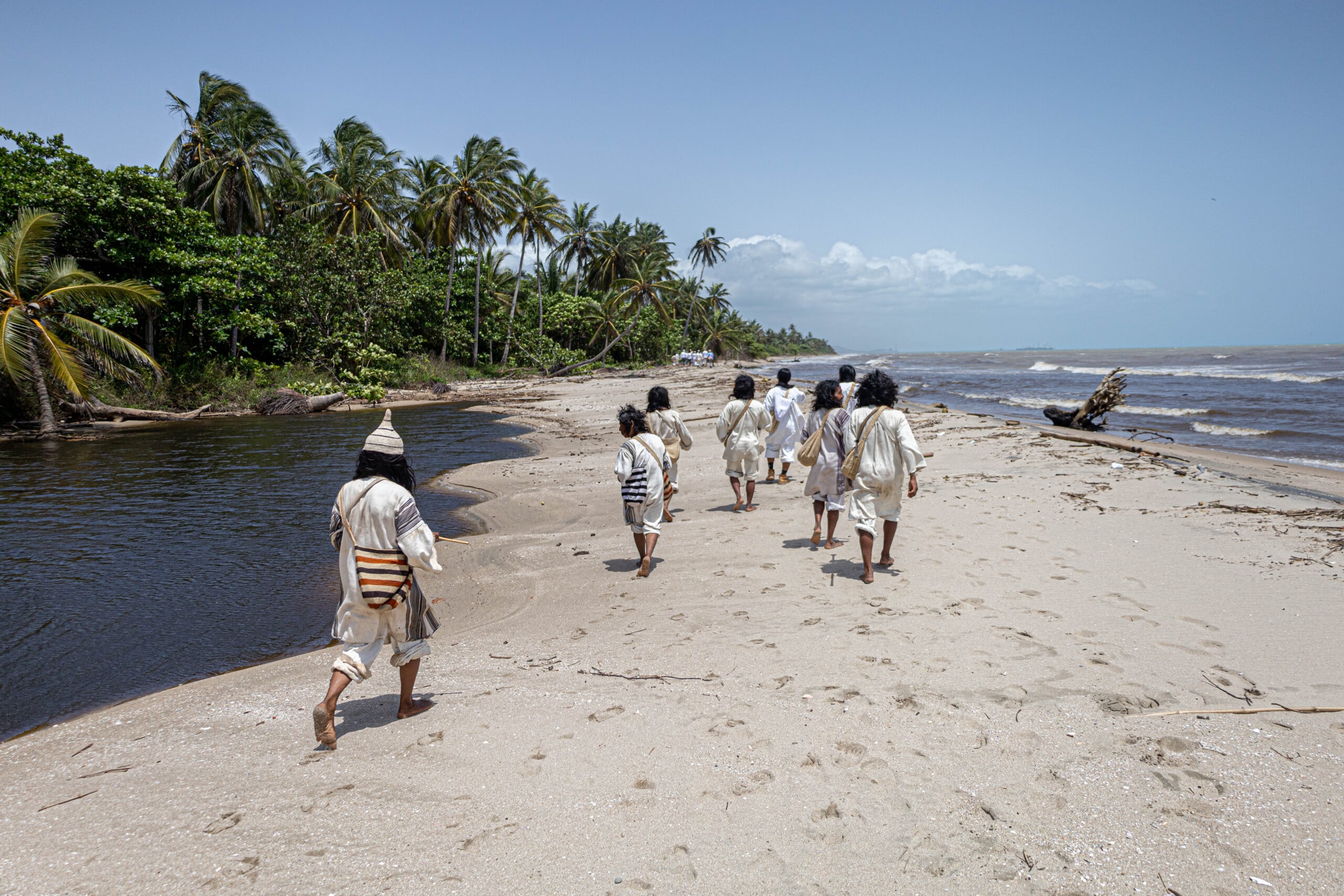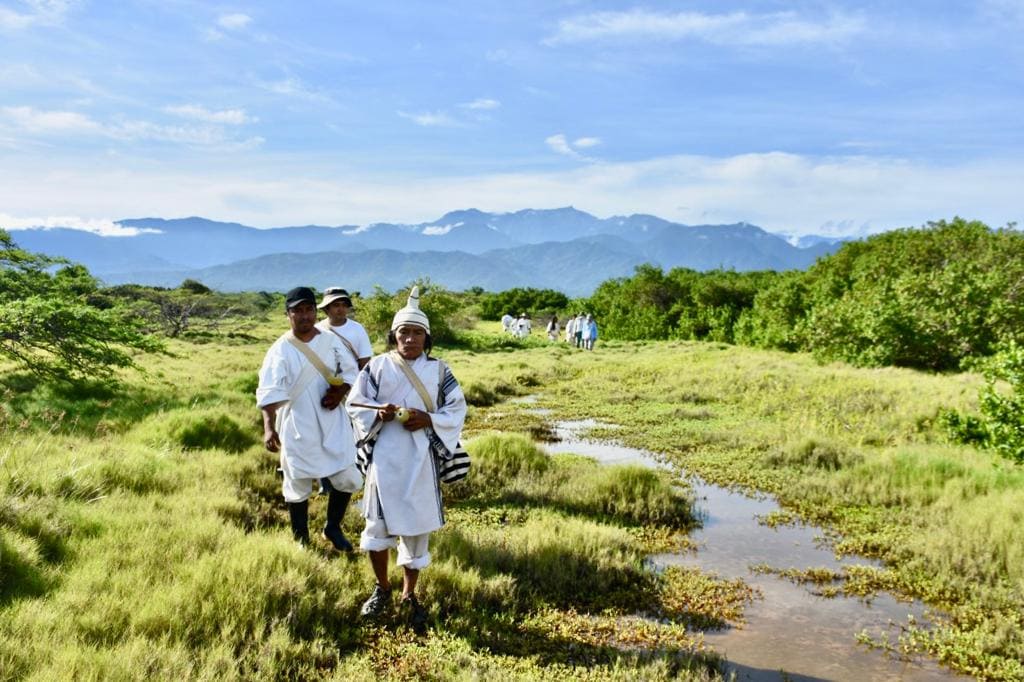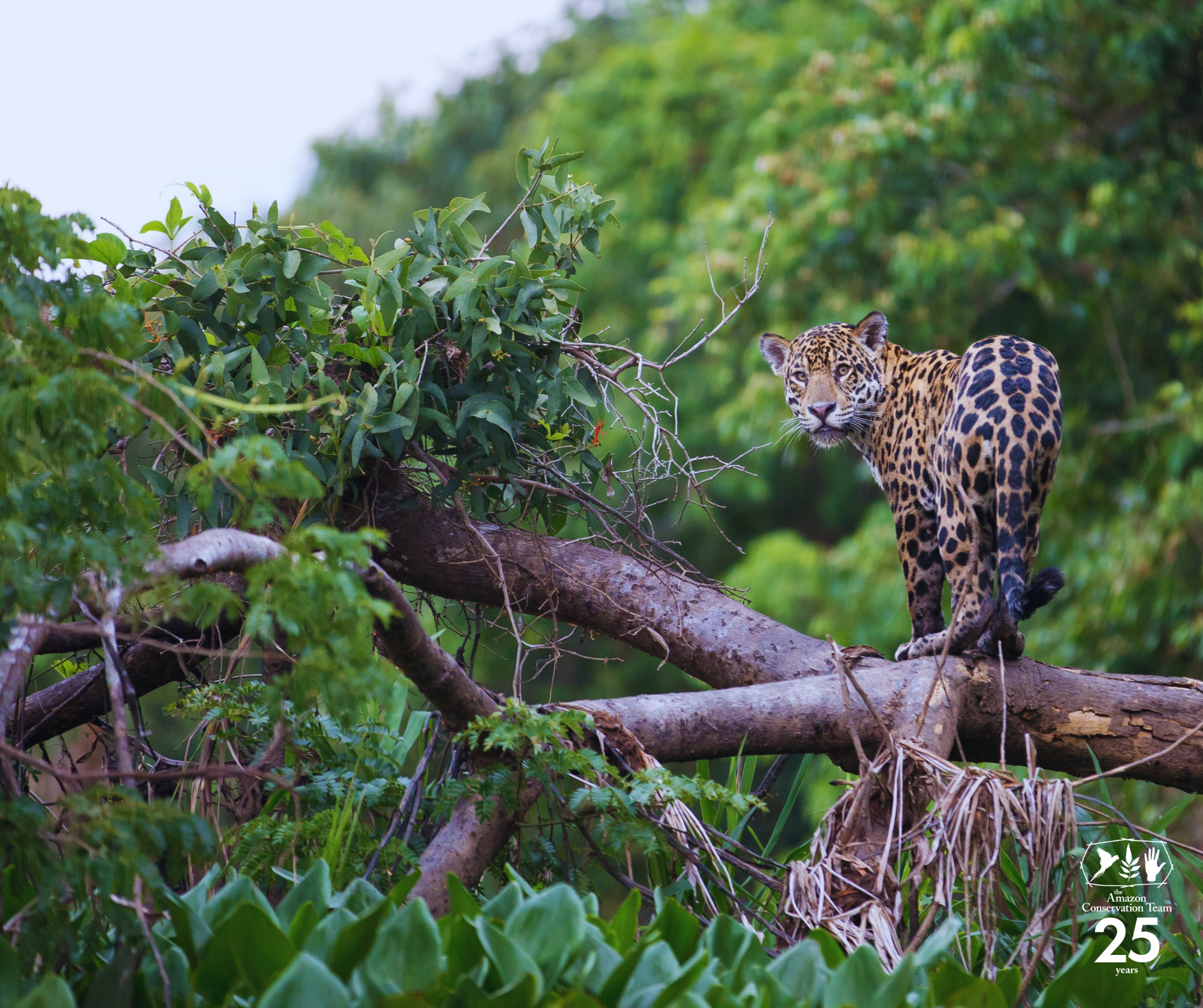Posts Tagged ‘colombia’
Colombia Embraces Indigenous Health as National Policy
Last month, in a historic act, Colombia’s national government formally adopted the Indigenous Intercultural Health System (SISPI) as national public policy by signing Decree 480. The President signed the decree alongside representatives from the Minga Indigena and other organizations from across Colombia. Indigenous organizations, Colombia’s Ministry of Health, and other state entities worked together for…
Read MoreFinding Climate Optimism in the Amazon this Earth Day
Earth Day, celebrated this Tuesday, is a global reminder to reflect on the health of our planet. And right now, there’s no sugarcoating it—the biosphere’s vital signs are concerning. The past decade has been the hottest on record. Droughts, wildfires, and hurricanes are growing more intense. The climate crisis feels more real than ever. But…
Read More“Intangible Zone” Documentary Highlights the Protection of Isolated Indigenous Peoples
Discover the upcoming documentary Intangible Zone, focusing on the protection of the isolated Yuri-Passé people in the Colombian Amazon. Directed by Greg Méndez López, this film highlights the importance of safeguarding Indigenous cultures and the Amazon ecosystem. Join the sneak preview screening with insights from the director and experts.
Read MoreColombia Makes History: Legal Protection for Indigenous Peoples in Isolation
Colombia Makes History: Legal Protection for Isolated Indigenous peoples in Colombia In a groundbreaking move, the Colombian government has taken an unprecedented step to protect Indigenous Peoples Living in Isolation by defining their territory—with Indigenous allies, the Amazon Conservation Team (ACT), and a coalition of partner organizations playing central roles in fostering this historic resolution. Indigenous…
Read MoreThe Amazon Rainforest: Fascinating Facts About Its Importance and Biodiversity
The Amazon Rainforest represents one of the most vital ecosystems on Earth, home to an incredible variety of plants, animals, and indigenous tribes. As the world’s largest tropical rainforest, the Amazon is crucial not only for its biodiversity but also for its role in regulating the global climate and supporting human life. As a result,…
Read MoreYoung indigenous voices lead the future: ACT-Colombia’s Youth Advisory Board
A youth advisory board sponsored by ACT-Colombia works towards the inclusion of younger voices within our partner communities. It convenes nine members of 10 to 16 years of age from across six geographic regions of Colombia where our programs are present.
Read MoreHow the heart of the Amazon was protected
Five years ago, two indigenous territories in Colombia were expanded, establishing a protected area mosaic the size of Virginia.
Read MoreBiocultural restoration at Jaba Tañiwashkaka
Understand how the Kogui people reclaimed access to the sea and restored nature at a coastal sacred site through our new blog about Jaba Tañiwashkaka.
Read MoreColombian National Land Agency formalizes fourth expansion of the Kogui-Malayo-Arhuaco Indigenous Reserve
The KMA reserve is inhabited by three of the four peoples of the Sierra Nevada de Santa Marta: the Wiwa people (Malayo or Arzario), Kággaba (Kogui) and Ikᵾ (Arhuaco), with jurisdiction in the departments of Magdalena, Cesar and La Guajira. 3,575 indigenous families benefit from the 213 new hectares, which are allocated to cultural and environmental protection and recovery between the upper and lower areas of the Sierra Nevada de Santa Marta, increasing the area of the reserve to just over 407,839 hectares.
Read MoreHow protecting the Jaguar is essential to conserving the Amazon
The Amazon Conservation Team (ACT) and Colombia’s Universidad de la Amazonía continue their project “Live and Coexist”, through which they seek to defend carnivorous animals in Caquetá.
Read More

